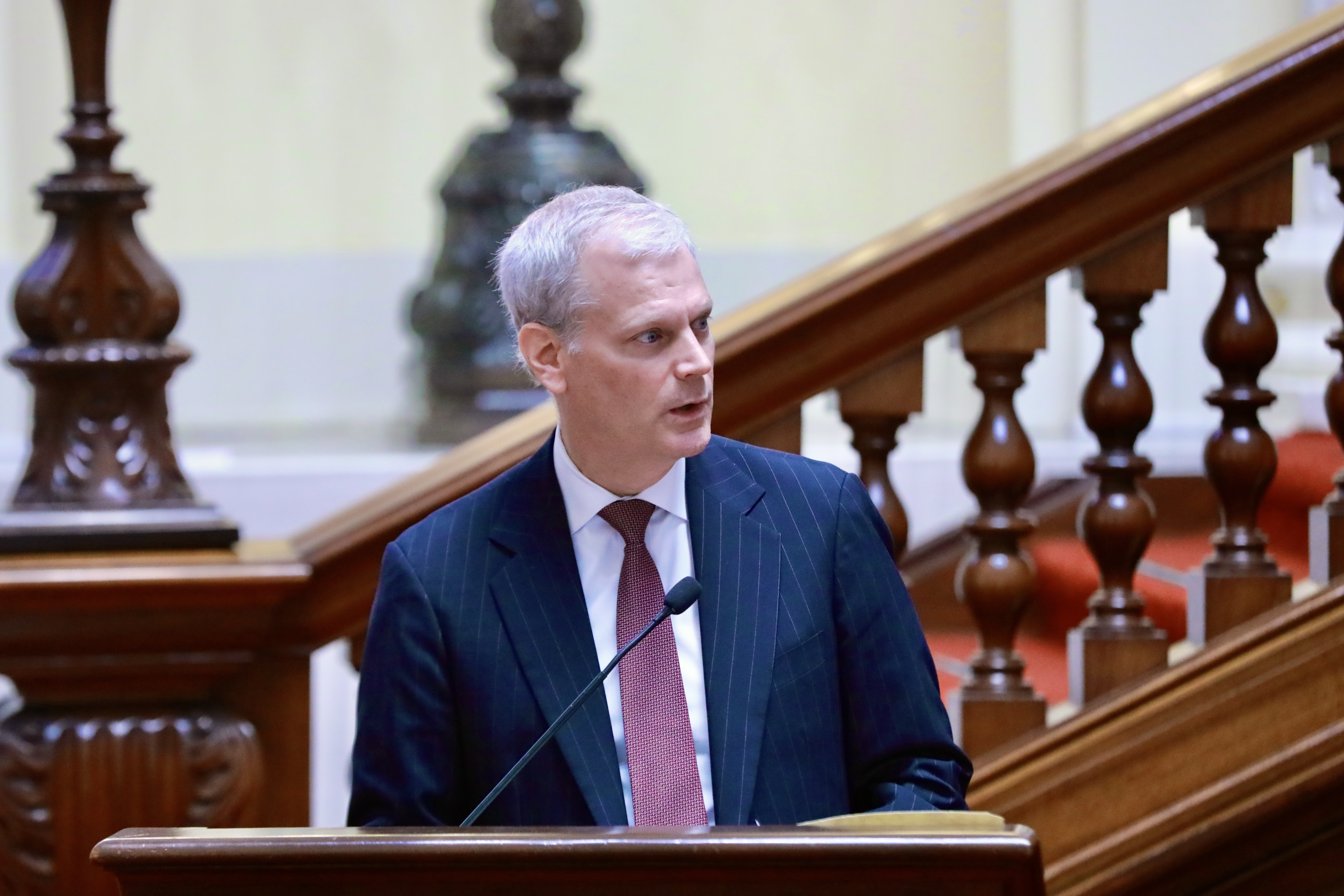Overview
Economic linkages between Asia and Latin America continue to grow at unprecedented levels, with trade agreements and bilateral investment surging in the past decade. In fact, according to the World Trade Organization, interregional merchandise between Asia and South and Central America more than doubled from 2000 to 2006 ($62 billion to $130 billion).
China is Latin America’s third largest trading partner and its largest export market in Asia. According to the Chinese Ambassador to the U.S., Zhou Wenzhong, two-way trade with Latin America grew at an average annual rate of nearly 40 percent since 2000. In 2006, two-way trade totaled over $70 billion, 10 times that of a decade ago and 70 times the levels seen three decades ago. From January to September 2007, China-Latin America trade ($73 billion) both exceeded the 2006 total and grew by 44 percent year-on-year.
With global trade liberalization talks stalled—and despite a tentative Doha Development Agenda meeting between the United States, European Union, Brazil, and India in April—focus has shifted to smaller regional agreements to move the trade agenda forward. For Latin America, new agreements may increasingly be struck with Pacific countries, especially in light of the January 2008 announcement that India and China will begin working toward a preferential trade agreement.
Peru Hosts 2008 APEC Leaders Summit
As host of the 2008 Asia-Pacific Economic Cooperation (APEC) forum’s Leaders Summit, Peru, a member since 1998, will hold great sway over the APEC agenda and direction.1 Under Peru’s chairmanship, the APEC meetings will continue to focus on key items from the 2007 Australia agenda such as energy and climate security, structural reforms, and regional integration. However, Peru will also introduce new agenda items including the development of small and medium-size enterprises, education, and anti-corruption and transparency. The 2008 theme, “A New Commitment to the Development of the Asia-Pacific,” seeks to broaden the participation of other players—public-private partnerships, civil society, and financial institutions—in building an Asia-Pacific community.
Throughout 2008, more than 10,000 delegates from the Asia-Pacific will attend some 127 APEC meetings in 10 Peruvian cities. During the APEC Leaders Summit Week, which will take place November 16 to 23, 2008, leaders from all 21 APEC member economies will meet in Lima. To promote the Peru Year with the U.S. private sector, the Americas Society and Council of the Americas are working with the National Center for APEC in Seattle to organize a “road show” of public and private sector representatives.
Free Trade Area of the Asia Pacific
At the annual APEC summit in November 2006, leaders of the 21 member countries agreed to “seriously consider” negotiating a Free Trade Area of the Asia Pacific (FTAAP). One year later, leaders agreed to “examine the options and prospects” for the FTAAP at the APEC meeting in Sydney. With APEC member countries accounting for 60 percent of the world economy and 50 percent of global trade, an FTAAP would be the world’s largest free trade area.
Although an FTAAP is a long-term objective with a number of obstacles to overcome, momentum appears to be gaining ground. On February 4, 2008, the United States announced that it will enter into negotiations on investment and financial services with the Trans-Pacific Strategic Economic Partnership (P-4)—a multilateral FTA involving Chile, Brunei, New Zealand, and Singapore. The U.S. hopes these talks will serve as a catalyst to open markets across the Asia-Pacific region, including Latin America.
Peru-China, Peru-Singapore
Beyond its APEC efforts, Peru is actively looking for new Asian trading partners. On the sidelines of the World Economic Forum in January, Peru and China concluded the first round of free-trade agreement negotiations. Both countries have expressed a willingness to conclude negotiations prior to the APEC Leaders Summit. However, Peruvian Minister of Commerce and Tourism Mercedes Araóz has cautioned that the timeframe could be pushed back so that substance is not sacrificed in favor of quick negotiations.
Peru and Singapore concluded free-trade agreement negotiations on the sidelines of the APEC ministerial meeting in September 2007. Peru is Singapore’s seventeenth largest trading partner, while Singapore is Peru’s largest destination for manufactured exports in Southeast Asia. Two-way trade grew 55 percent between 2005 and 2006, totaling $45 million. Beyond China and Singapore, Peru is also seeking trade accords with South Korea and Japan.
Mexico-South Korea
Following the suspension of talks in 2006, Mexico and South Korea resumed free trade negotiations in December 2007 and agreed to hold a second round of talks in the first four months of this year. In December, the parties discussed market access, customs procedures, sanitary and phytosanitary measures, services, and investment. Both countries hope the talks will strengthen the strategic partnership between Asia and Latin America in addition to expanding Mexico-South Korea economic opportunities.
1In total, APEC accounts for 48 percent of global trade and includes more than 2.6 billion inhabitants in the Asia-Pacific Region.






